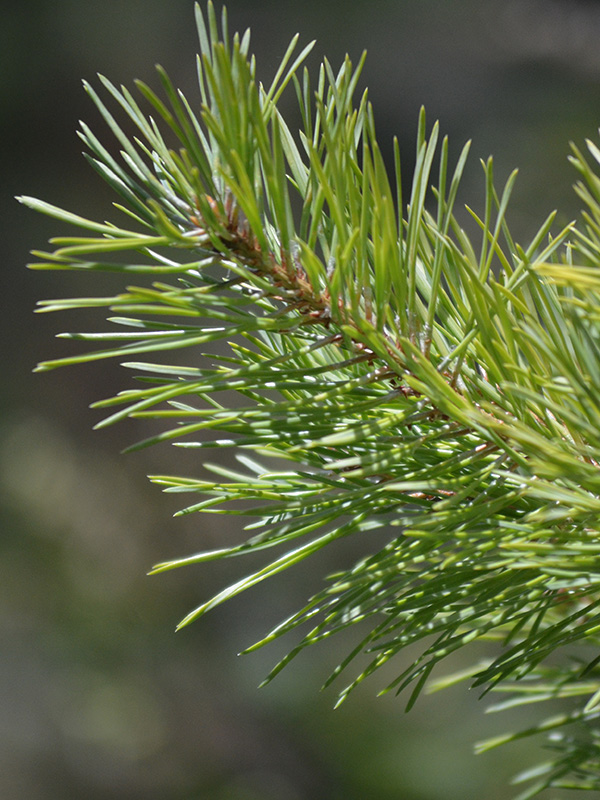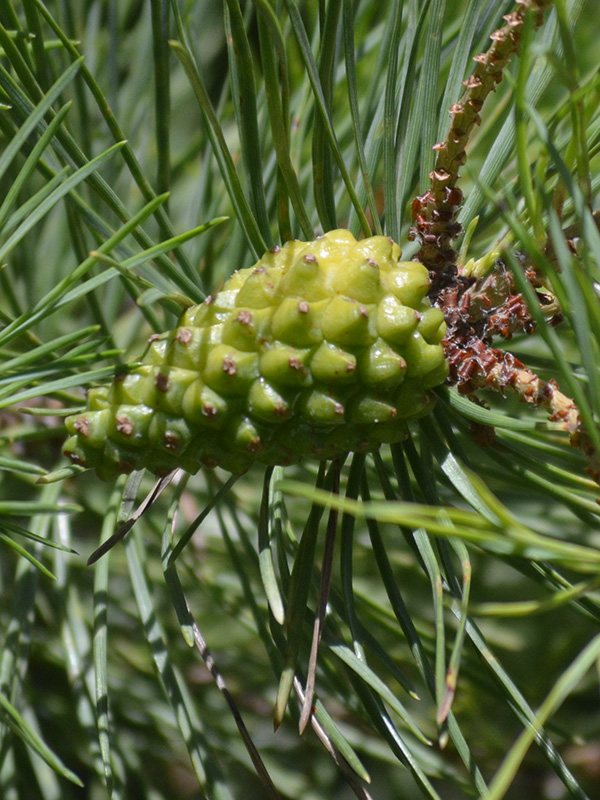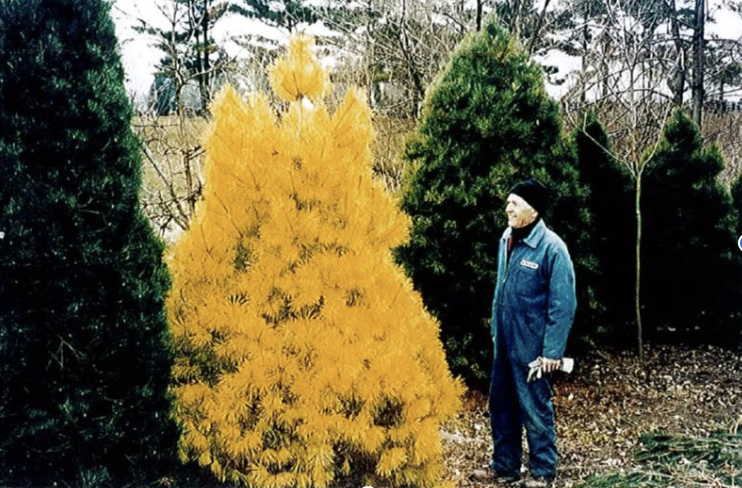| ID Characteristic | Look for the golden yellow-green needles; needles in fascicles of 2; the buds are small (0.5 cm-1 cm) and brown with a red tinge. A rather hard tree to mistake. |
| Shape | Small somewhat dense, pyramidal form. |
| Propagation | This tree is propagated by grafting onto P. sylvestris rootstock. |
| Cultivation | Full sun in a somewhat protected location free from winter winds. Soil should ideally be light and free draining. |
| Pests | Relatively pest and disease free. |
| Notable Specimens | The Gardens of Fanshawe College, London, Ontario, Canada. |
| Habitat | Horticultural origin. |
| Bark/Stem Description | Bark is light brown in newer growth while older growth becomes a rich darker brown. |
| Flower/Leaf Bud Description | Small (0.5-1 cm) brownish buds with a slight red tinge to them. |
| Leaf Description | Needles are about 5 cm in length with green and yellow colour, they are also somewhat twisted in shape. |
| Flower Description | Monoecious. |
| Fruit Description | Cones are mostly solitary and very rare, however, they may occasionally be found in clusters of 2 or 3, to 7-8 cm long and about 4 - 5 cm around, grey or dull brown and dropping to the ground when mature. |
| Colour Description | Needles are green near the stem, as they grow the tips become a lively golden yellow, bark is a rich dark brown but turns greyish with age. |
| Texture Description | Soft to the touch for having needles, much softer than most plants in the Pinaceae family. |


